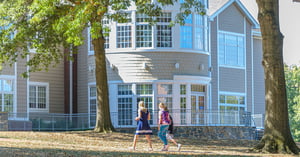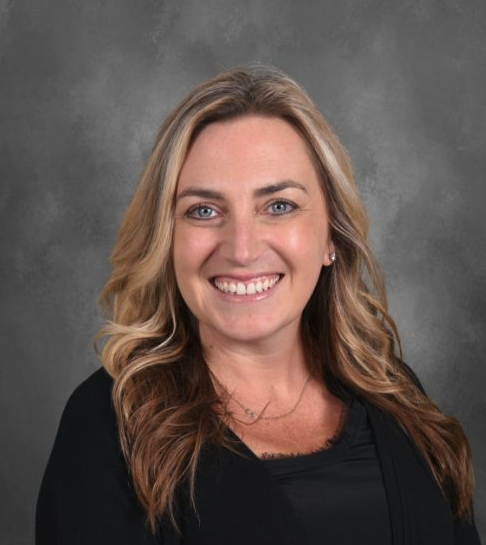 When searching for a school, academic rigor and extracurricular activities are important, but something equally critical that can be harder to assess is the culture of the community. You’ll gain information and an overall feeling of a school as you visit different times, such as going on a personal tour. Building a complete picture of each school you visit will take time, but one thing you should pay attention to from your initial interaction with the school is whether the environment feels like a welcoming one to you and your family. Specifically, on your first visit to the school, you should pay attention to three groups: students, teachers, and administrators.
When searching for a school, academic rigor and extracurricular activities are important, but something equally critical that can be harder to assess is the culture of the community. You’ll gain information and an overall feeling of a school as you visit different times, such as going on a personal tour. Building a complete picture of each school you visit will take time, but one thing you should pay attention to from your initial interaction with the school is whether the environment feels like a welcoming one to you and your family. Specifically, on your first visit to the school, you should pay attention to three groups: students, teachers, and administrators.
Student-Student Interactions
Make note of how kids engage with each other, both during organized activities (like classroom group work) and free time (in between classes or while playing at recess). While every child is unique, if the school has a culture of respect and kindness, you should see positive interactions between nearly all of the students. You want to see kids who seem happy to work and play together and who are comfortable talking to each other if a conflict occurs. For example, during a first-grade recess, you would want to see children offering to take turns using toys or making a plan to play together on the swings. In a middle or upper school classroom, you would be looking for students who attentively listen when their peers are talking. The way that the students treat each other will be the way that they would treat your child if he or she attends the school, so you want to find a community where the kids seem like they would be happy to welcome a new member into the fold.
Teacher-Student Interactions
Gifted teachers can create an environment where students enthusiastically tackle difficult challenges because they know they can count on their teacher’s support if they get stuck. If a teacher is leading a lesson, you will want to look for an educator who asks questions to check for understanding and gives students the opportunity to clarify any areas that might be confusing to them. If you walk into a classroom when the students are already working, then it would be great to see the teacher moving around to talk with students individually or in small groups to answer questions or give praise and encouragement while the kids work. In a supportive classroom environment, the teacher wants to ensure that students are engaged in every part of the lesson, starting with the introduction of new material and continuing into group activities or independent assignments. Talented teachers are reflective practitioners. They are constantly evaluating the effectiveness of their lessons, as well as each individual student's needs.
School Administrators
The administration sets the tone for the school, so if the leader is passionate about partnering with families to support student learning, then that is a good sign that many of the teachers will be on the same page. If you are able to schedule a separate meeting with the school and/or division heads, then you can ask specifically about their goals for the school culture they are trying to build. However, even if you’re only able to connect briefly, you can get a sense of whether the administrator seems happy in his or her role and enthusiastic about the opportunities that the school offers.
Steps to Finding the Best School For Your Child
There are many steps to the process of finding the school that is the right match for your family, and one of the first steps you can take is determining if the environment is welcoming. A school’s website can give you a lot of information about academic and extracurricular offerings, but it takes an in-person visit for you to get a feeling of what it might be like to be part of the school community. As stated, starting with the first visit you should keep an eye on student-student and teacher-student interactions, and, if possible, connect with campus administrators as well. Starting with those three areas can help you decide if your child would feel welcome in that school environment, and as you continue to engage with the school you’ll also want to determine if the community seems welcoming to you as a parent.
At Sanford, we personalize each family's experience from the moment they walk through the door. From student ambassadors connecting with prospective students, to our teachers encouraging students in and out of the classroom, to alumni who meet with current students about their professional and academic interests, we pride ourselves on going above and beyond to make connections within our community. The community at Sanford truly knows the hearts, minds, and souls of our students. For more information, contact our admission department or go to the Sanford School website.
Christine DiUbaldo received a bachelor's degree in Elementary Education from Penn State University with a minor in Urban Studies, and her graduate coursework was completed at the University of Delaware. After teaching third grade at Sanford for twenty-one years, she has taken her love of Sanford to the roles of Director of Summer Programs and Assistant Director of Admission.









